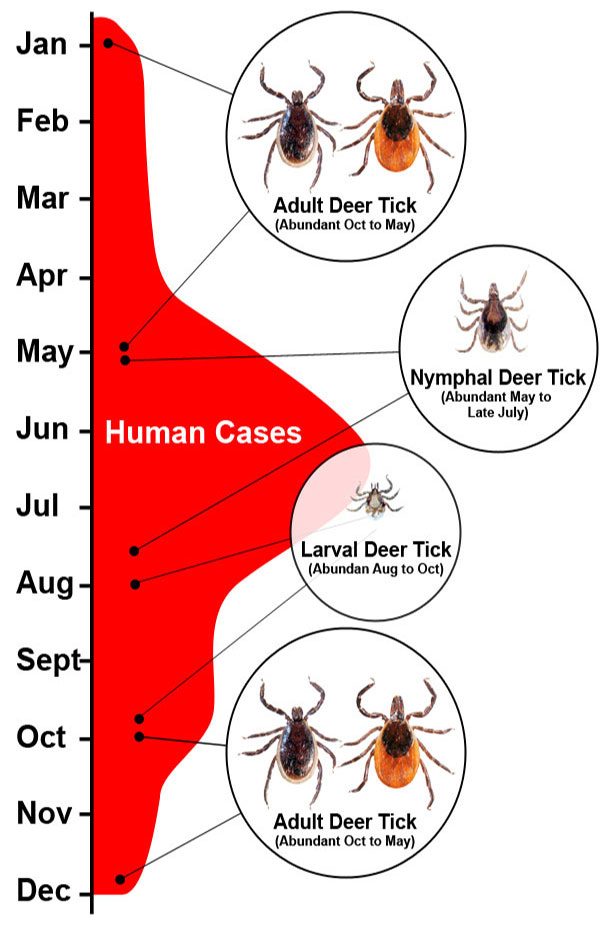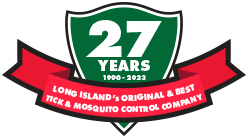Tick Species
There are hundreds of species of ticks throughout North America. Many species feed solely on wild animals or are found in very specific habitats and are rarely encountered by humans. Other species are commonplace and can be found inhabiting areas frequented by humans and their pets.


The most notorious tick species that come into contact with humans are the deer tick, American dog tick, Lone-star tick, brown dog tick, and Western black-legged tick. These tick species have similar life-cycles and habitats, but each transmits a unique set of pathogens and inhabits different geographical regions.
Ticks go through four life stages: egg, larva, nymph, and adult. Larvae, nymphs, and adults all feed on the blood of vertebrate hosts and are capable of becoming infected with a pathogen while feeding. At their next blood meal, they may then transmit the acquired pathogen to the new host they are feeding on. It is important to be able to recognize the life stage of a tick in order to be protected from tick-borne disease.
Learning about the ticks that inhabit your area and how to identify them, can help to protect you and your family from exposure to tick borne disease. The above guide will be helpful in identifying what type of tick has been encountered and what should be done about possible exposure.
Other tick and mosquito companies use convenient, cheap and weak backpack misters to provide services. Our spray equipment is expensive, powerful and far more effective. Trusted and Guaranteed Results!!
Other Companies Use Weak Backpack Misters
(see photo and watch video below)
Alternative Earthcare uses a Powerful and More Effective Spray Truck
(see photo and watch video below)










